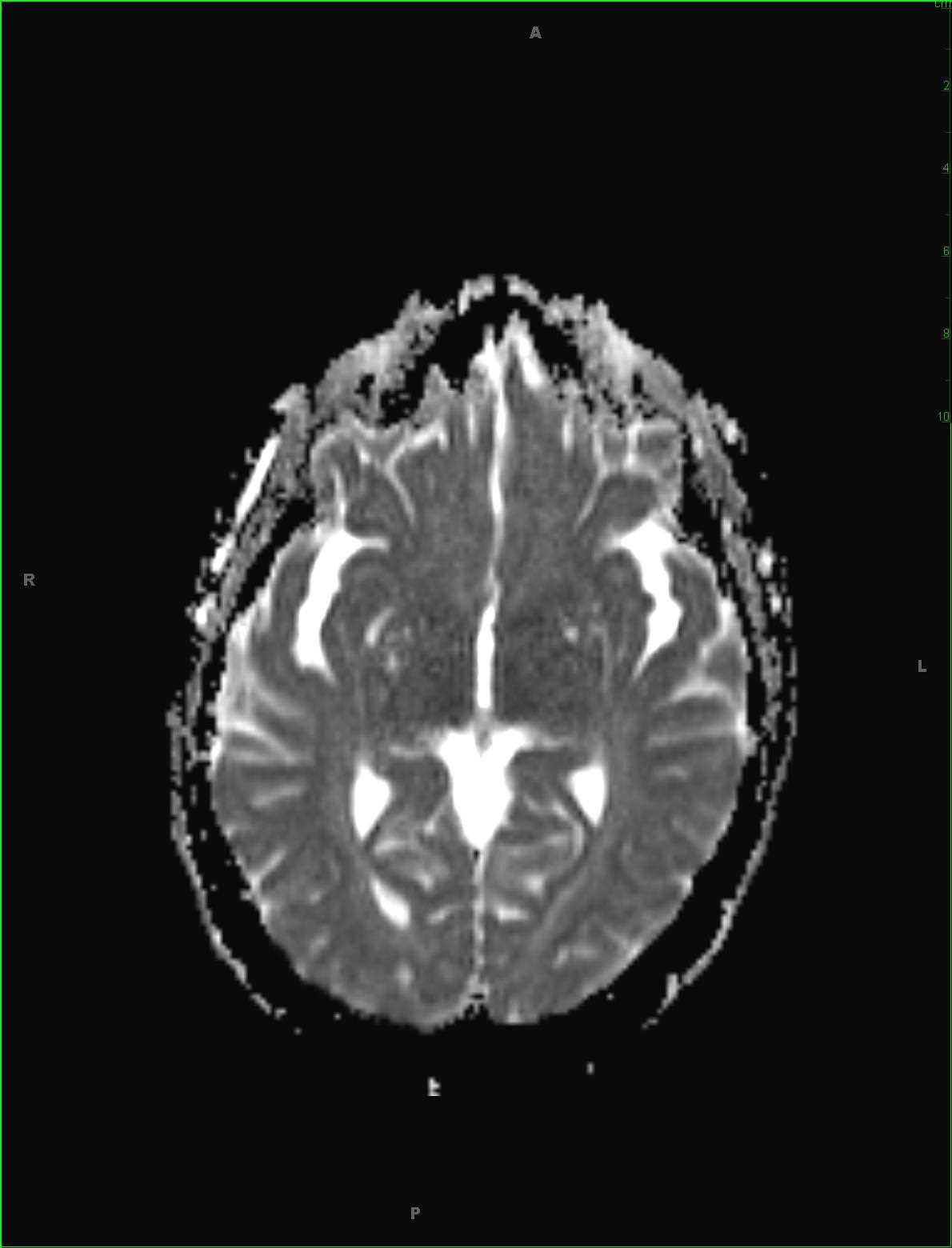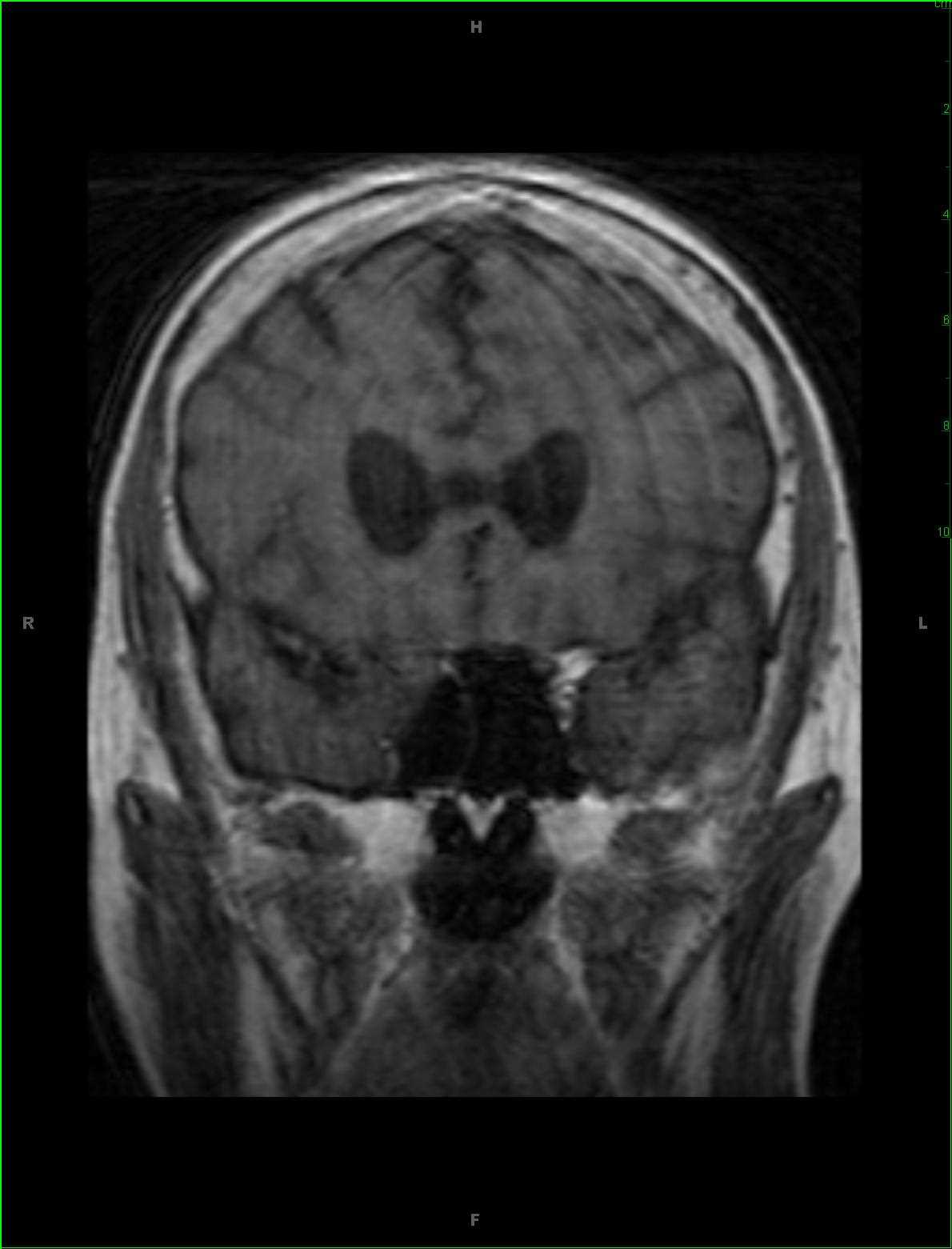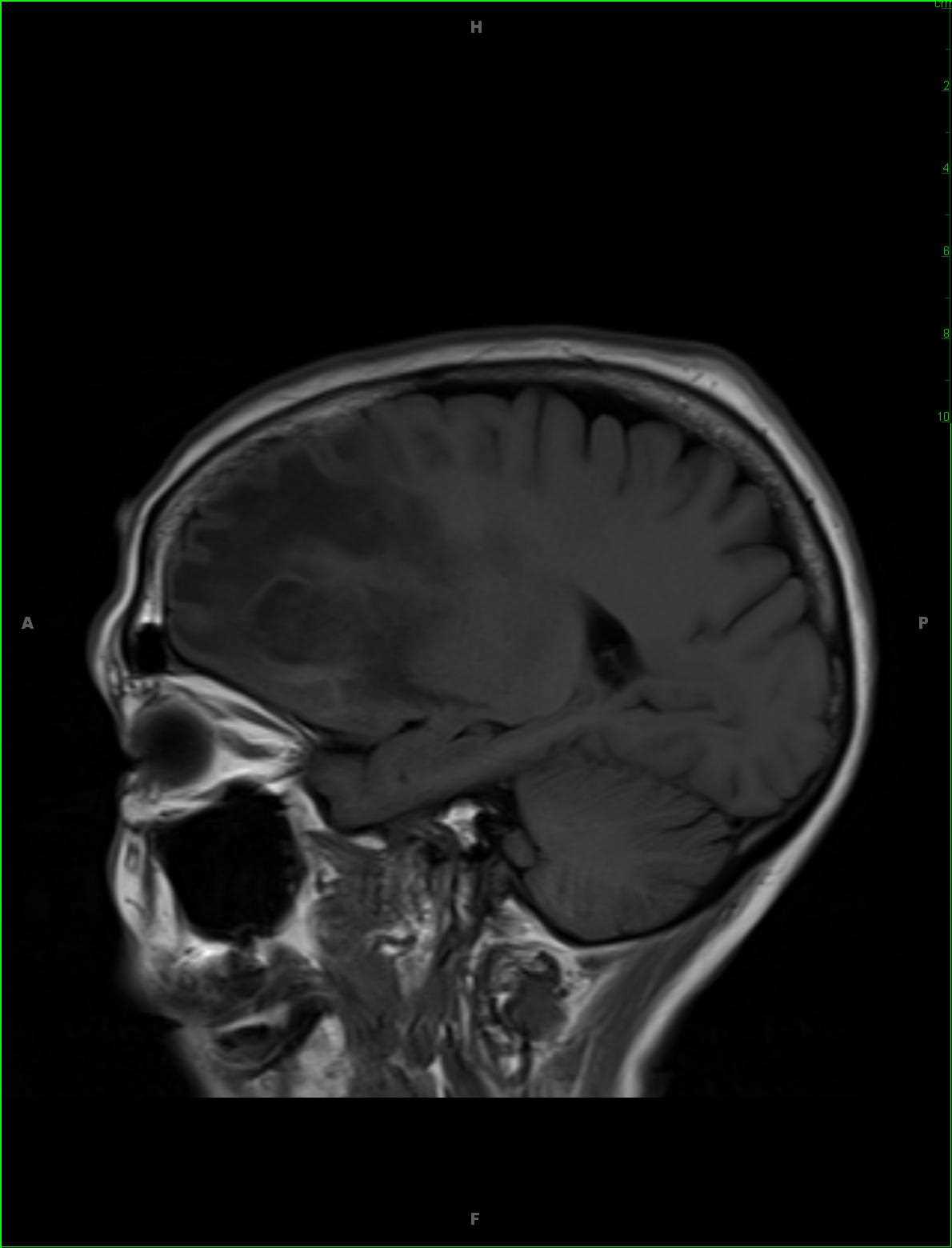
- 2
- ,
- 3
- 8
- 1
To Quiz Yourself: Select OFF by clicking the button to hide the diagnosis & additional resources under the case.
Quick Browser: Select ON by clicking the button to hide the additional resources for faster case review.
CASE NUMBER
276
Diagnosis
Hepatic Encephalopathy, Secondary to Acetaminophen Overdose
Note
48-year-old female who attempted suicide by overdosing on acetaminophen. There is hyperintense FLAIR signal abnormality within the dorsomedial aspect of the thalami and extending into the midbrain. There is abnormal diffusion restriction at the sites without contrast enhancement. Given the stated clinical history, the findings are most compatible with acute hepatic encephalopathy in the setting of acetaminophen toxicity. Hepatic encephalopathy may be either acute or chronic. Acute cases typically arise in the setting of acute hepatic failure, such as in this case. Chronic cases tend to occur in patients who undergone prior portosystemic bypass without associated intrinsic hepatocellular disease or in patients with hepatocellular dysfunction and portosystemic shunting. Classic MR imaging abnormalities include high T1 signal intensity within the globus pallidus with mild cases demonstrating T2 FLAIR symmetrically hyperintense signal in the insula, thalami, and posterior limbs of the internal capsules. Diffusion signal abnormality may be present and can reverse if therapy for the underlying acute decompensation is instituted early. The extent and severity of the FLAIR and diffusion-weighted imaging correlates with the plasma ammonia level.
THIS IS CASE
276
OF
396












